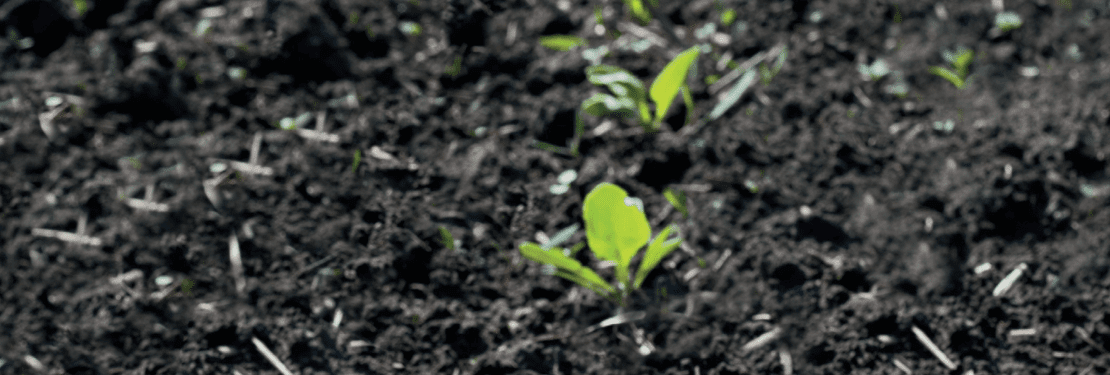MPT AgTech | Celebrating Australian Food and Agribusiness Innovations 2020

Challenge
Australian farm operations really started to change around 2014–15. Variations in climate and a move to high-value crops like chickpeas — which were fast becoming a sought-after plant-based protein alternative — saw broadacre farming turn to seed types that could emerge from a greater depth.
Climatic conditions were increasingly fickle, with on-farm feedback at the time indicating rain was patchier and less reliable. So too, soil variabilities influenced by rainfall, soil type, salinity and the biomass put back into the soil from different crops made marked differences to seeding requirements. Farmers were placing seeds deeper than needed to find adequate soil moisture.
Growers may know there are variances but are often unable to point exactly where. Even if they could, readjusting seeding equipment to suit is cumbersome and time-consuming.
Utilising existing seeding machinery to plant at deeper levels (or working from the nonuniform baseline presented by variabilities) led to
mechanical failures like drawbars being torn from seeders. While some solutions favoured reinforcing the drawbar with more steel, MPT AgTech took a different approach and went looking for a technique to reduce drag.
Solution
MPT AgTech focuses on solving the problem, not finding a use for existing technology. While some solutions use satellite imagery and drones for crop monitoring, the resulting datasets are so overwhelming that farmers struggle to make use of them.
The team developed a planter that monitors soil conditions in real time while seeding, and self-adjusts seeding depth and rate live, based on the measured soil profile. By embedding the soil sensors directly into the machine, the onboard data processor is able to self-adjust in real time. The result is a fully electric adjustable seeder. The farmer can make adjustments as required without the need to leave the cab.
All captured information is mapped to create a unique dataset of the seeding process, which is subsequently overlaid with yield maps to provide a comprehensive record of the whole cropping cycle.
Outcomes
MPT’s David Finlay says the quality of Australian innovation in the agtech sector is mind-blowing and far more complicated than other sectors. While investors are looking for the next Facebook, it’s harder to generate interest in this space.
Startup Tablelands is one of the few available avenues and David says pitching and networking with a group that understood the challenges was rewarding. He believes technology innovation developed for farming in Australia deserves greater global recognition. By virtue of our climate and isolation, he thinks it’s in our DNA to resolve real-world problems — and is thrilled to belong to that cohort.
